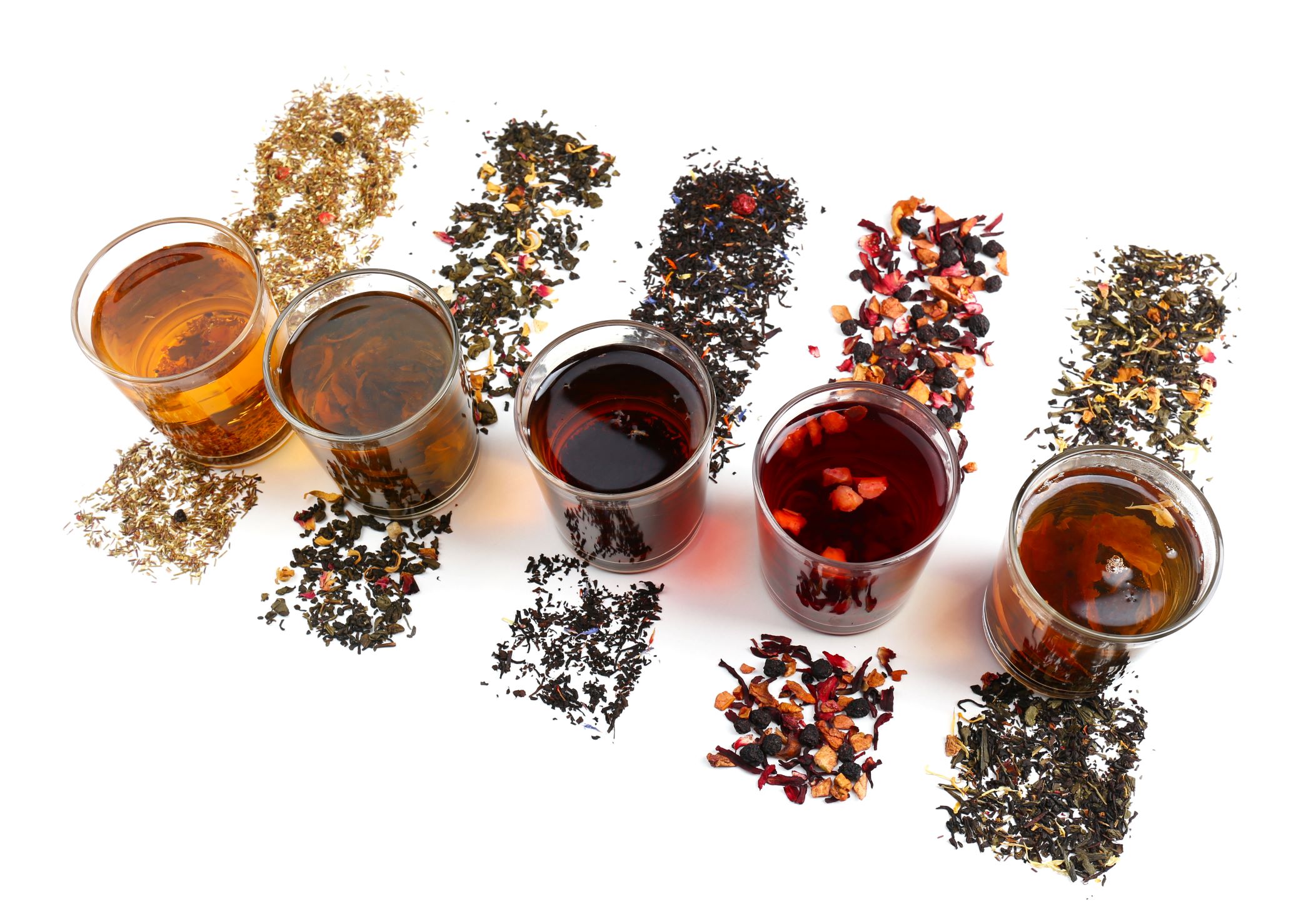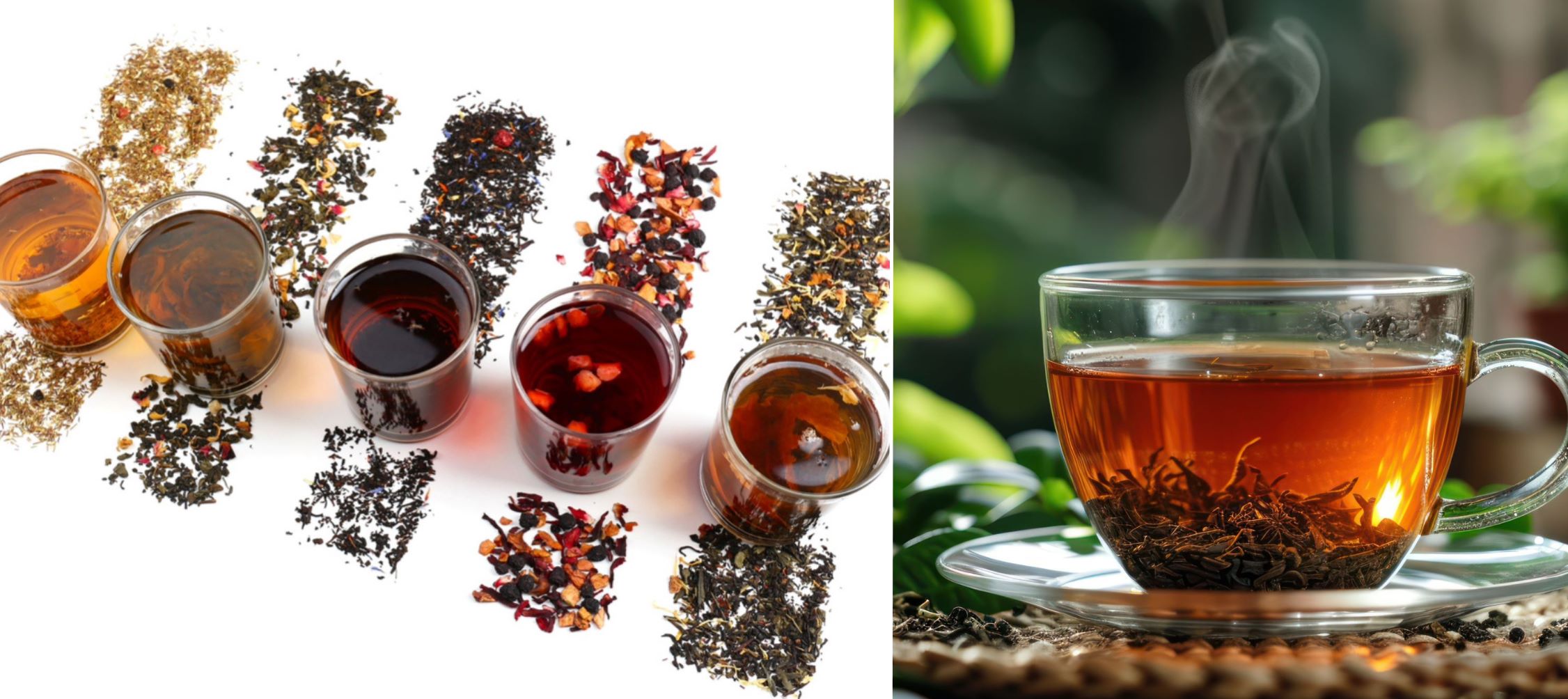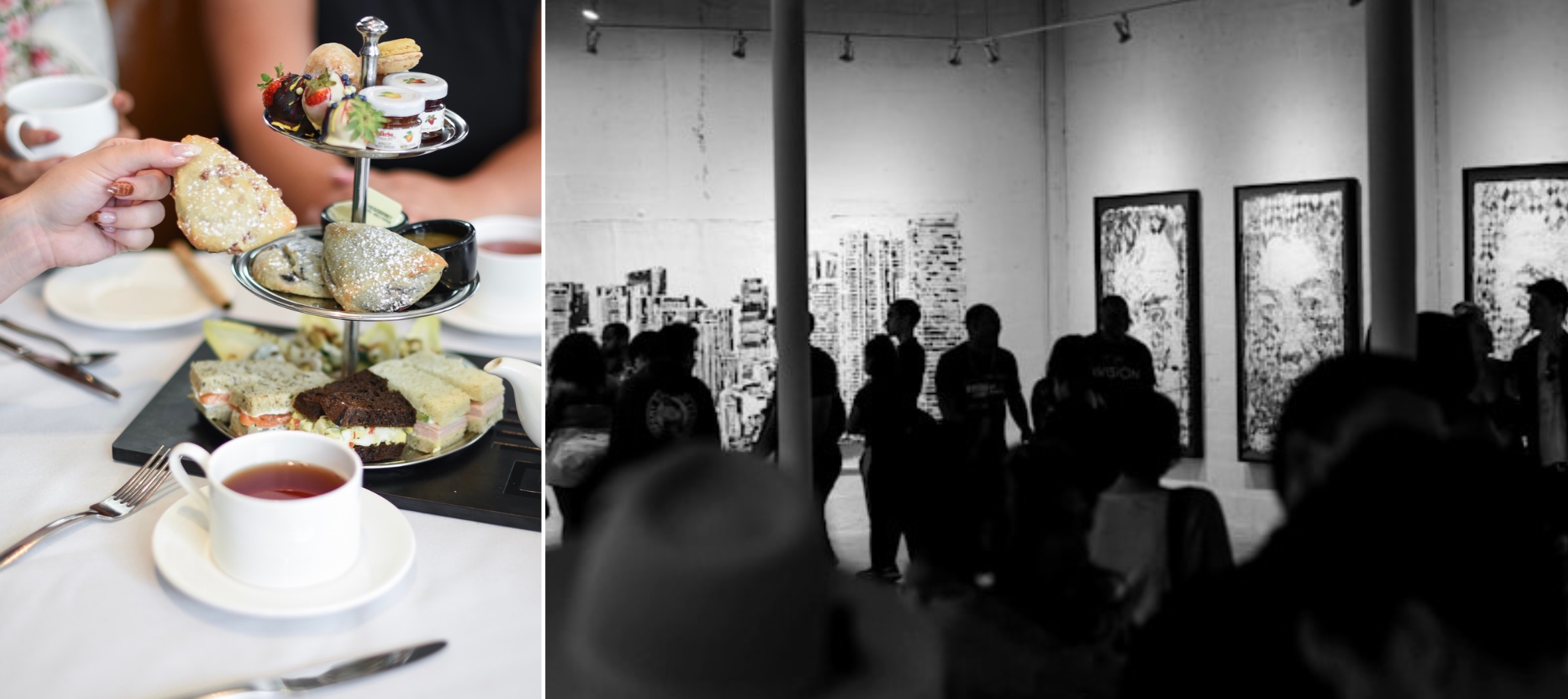What’s the tea? The tea is it’s always a good time to sit down with another person while drinking tea and talking about life because everything is better when people are together. Teas are also great for taking some time off, enabling you to be relaxed.
You may think that the only way to consume tea is through tea bags. While it’s easy on your end if it’s already prepared like that, did you know that loose leaf tea offers a more authentic and flavorful experience?
Types of Loose Leaf Tea
What is loose leaf tea? It refers to tea leaves not contained in a tea bag. These leaves can fully unfurl and infuse their flavors into the water, resulting in a more robust and nuanced taste. If you’re looking for better quality tea and some unique flavor profiles, then take a look at Rare Tea Company – visit their site here.
Unlike tea bags, which often contain smaller, broken leaf pieces, loose leaf tea consists of whole, high-quality leaves that have been carefully cultivated and processed. Here’s an overview of them:
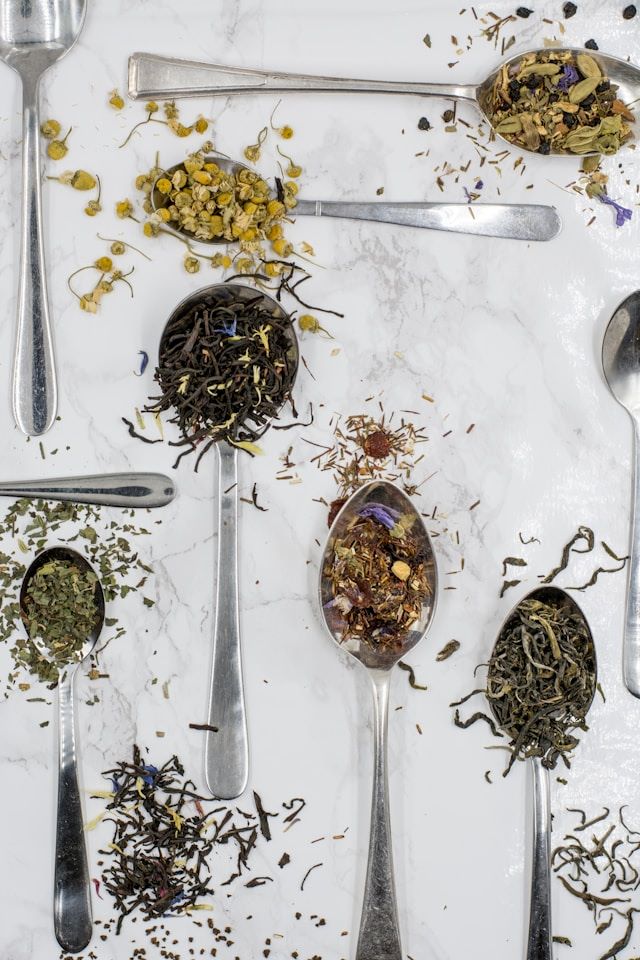
White Tea
White tea is the least processed and oxidized of all teas. The leaves are harvested young and air-dried, producing a delicate, light flavor with a pale yellow or greenish-white color. Popular varieties include Silver Needle and White Peony.
Green Tea
Green tea leaves are minimally oxidized, preserving their fresh, grassy flavor and vibrant green color. Varieties like Japanese sencha, Chinese Longjing (Dragon Well), and gunpowder green tea are widely enjoyed for their refreshing taste and health benefits.
Oolong Tea
According to a source, oolong can positively impact your body. Oolong teas are partially oxidized, falling between green and black teas in terms of oxidation levels. This results in a complex flavor profile that combines the freshness of green teas with the depth and richness of black teas. Tie Guan Yin and Da Hong Pao are two popular oolong varieties.
Black Tea
Black teas are fully oxidized, giving them a robust, bold flavor and a deep reddish-brown color when brewed. Assam, Darjeeling, English Breakfast, and Keemun are some well-known black tea varieties, often enjoyed with milk and sugar.
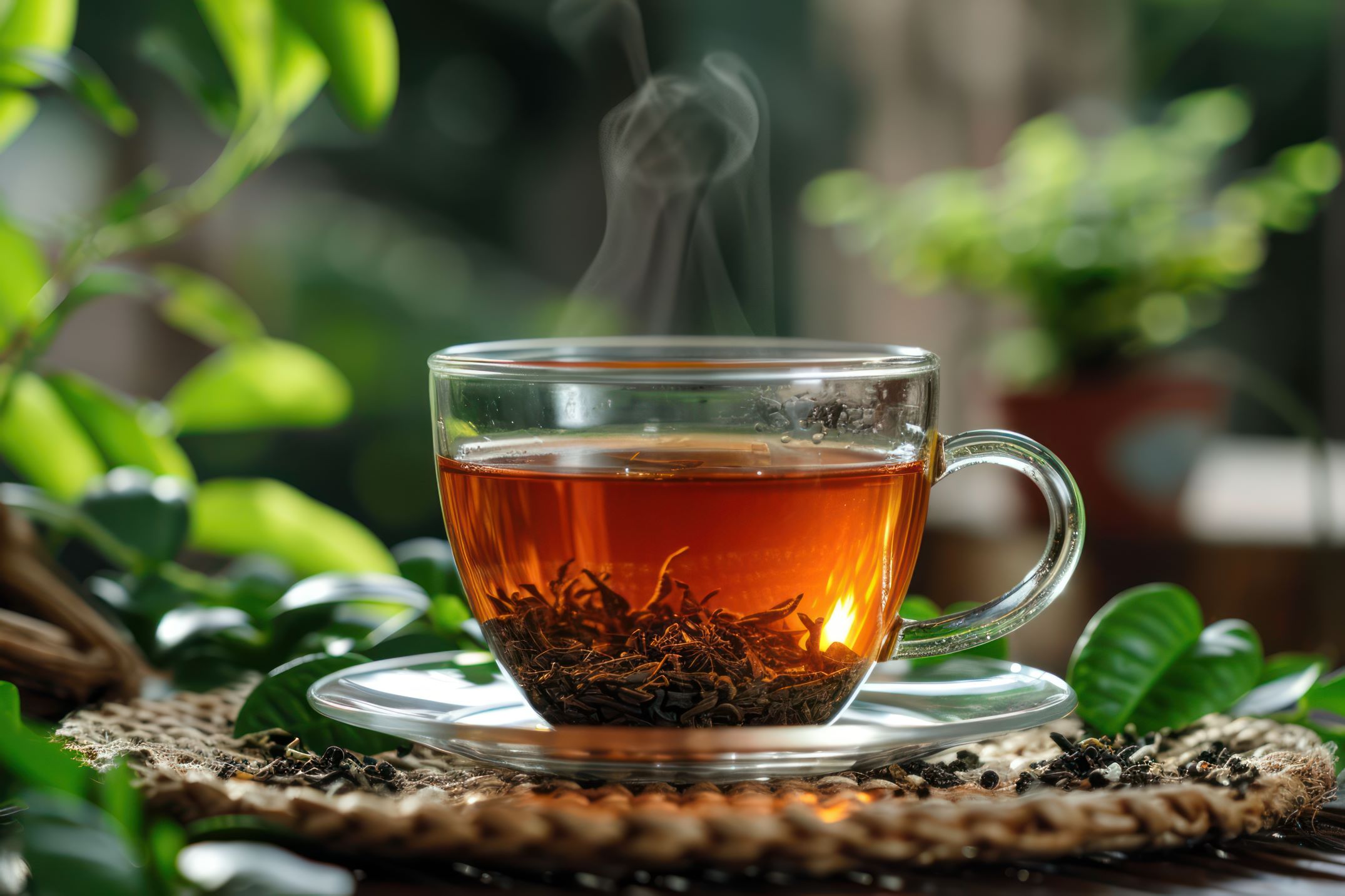
Herbal and Fruit Teas
While not technically “teas” since they do not contain leaves from the Camellia sinensis plant, herbal and fruit teas offer a wide range of flavors and are made from various herbs, fruits, and botanicals. Examples include chamomile, rooibos, hibiscus, and various fruit blends.
Loose leaf tea is not only a delightful beverage but also offers numerous health benefits. Rich in antioxidants, vitamins, and minerals, tea can support overall health and well-being.
Meal Pairings
Pairing loose leaf tea with the right meals can elevate the dining experience and bring out the best flavors in both the tea and the food. Here are some suggested pairings:
Breakfast and Brunch
Strong black teas such as English Breakfast or Assam pair beautifully with savory breakfast dishes like eggs, sausages, and toast. The robust flavors of these teas can cut through the richness of the food, making for a harmonious combination.
Lunch and Light Meals
For lighter fare, consider pairing green teas or oolong teas with salads, sandwiches, or sushi. The delicate flavors of these teas can complement the fresh, clean tastes of the dishes without overpowering them.
Afternoon Tea
Afternoon tea is a beloved tradition, and loose leaf teas are the perfect accompaniment. Consider pairing floral or fruity teas, such as jasmine or Earl Grey, with scones, pastries, or light finger sandwiches for a delightful mid-day treat.
Dinner and Hearty Meals
For heartier dinners, black teas like Keemun or Lapsang Souchong can hold their own against bold flavors like grilled meats, stews, and roasted vegetables. The smoky or malty notes of these teas can enhance the savory elements of the meal.
Dessert
When it comes to desserts, consider pairing lighter teas like white or herbal teas with sweets like cakes, cookies, or fruity desserts. The delicate flavors of these teas can complement the sweetness without overwhelming the palate.
To fully appreciate the nuances of loose leaf tea, proper brewing techniques are essential. Water temperature, steeping time, and the ratio of tea to water all play a role in extracting the optimal flavors from the leaves. Different tea varieties may require slightly different brewing methods, so it’s essential to follow the recommended guidelines for each type of tea.
Conclusion
The world of loose leaf tea is a rich tapestry of flavors, aromas, and cultural traditions, waiting to be explored and savored. From the delicate elegance of white teas to the bold robustness of black teas and the complex nuances of oolongs, each variety offers a unique experience for the senses.
